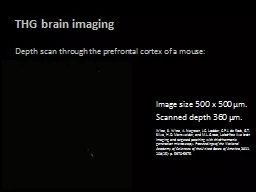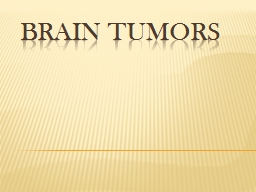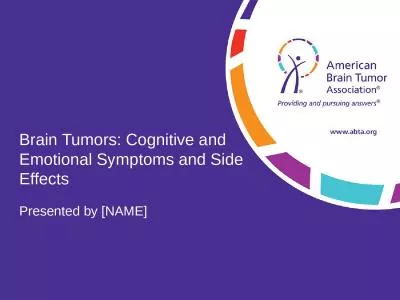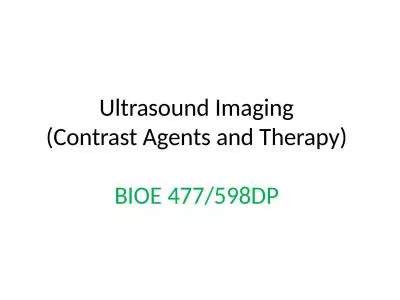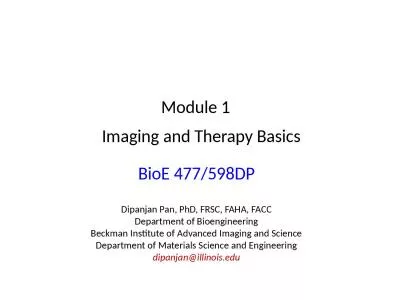PPT-The Evolving Landscape of Post-Therapy Brain Tumor Imaging
Author : alida-meadow | Published Date : 2018-10-31
Jeffrey Ware MD Ronald Wolf MD PhD Harish Poptani PhD Donald ORourke MD Suyash Mohan MD Neuroradiology Division Department of Radiology University of Pennsylvania
Presentation Embed Code
Download Presentation
Download Presentation The PPT/PDF document "The Evolving Landscape of Post-Therapy B..." is the property of its rightful owner. Permission is granted to download and print the materials on this website for personal, non-commercial use only, and to display it on your personal computer provided you do not modify the materials and that you retain all copyright notices contained in the materials. By downloading content from our website, you accept the terms of this agreement.
The Evolving Landscape of Post-Therapy Brain Tumor Imaging: Transcript
Download Rules Of Document
"The Evolving Landscape of Post-Therapy Brain Tumor Imaging"The content belongs to its owner. You may download and print it for personal use, without modification, and keep all copyright notices. By downloading, you agree to these terms.
Related Documents

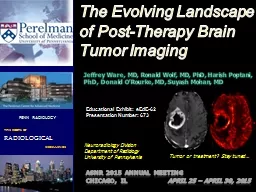



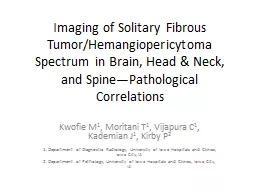
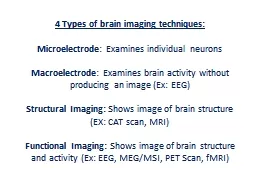

![Brain Tumor 101 Presented by [NAME]](https://thumbs.docslides.com/775177/brain-tumor-101-presented-by-name.jpg)
